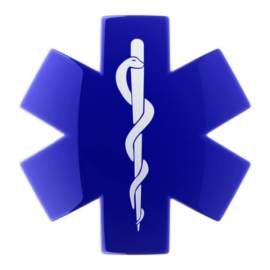
An Easy Guide to Strict Liability Tort

What is Strict Liability Tort?
Strict liability is the imposition of liability without fault for damages on the defendant. This is different from negligence as the burden of proof is not placed on the plaintiff to prove that the damages were a result of the defendant’s negligence, only that damages occurred and the defendant is responsible. In strict liability, there is the assumption that the manufacturer or supplier was aware of the defect before it reached the plaintiff.
How does a Plaintiff Claim Strict Liability?
For a plaintiff to make a claim based on manufacturing defects, the following must be true:
The defendant is the manufacturer of the defective product
The product contained defects when purchased by the plaintiff
The defect existed when the defendant sold the product
The defect was responsible for injury to the plaintiffThe injury sustained by the plaintiff must be foreseeable by the manufacturer, within reason.
Additionally damages may be awarded if the plaintiff can prove that the defendant was aware of the defect when the product was sold to the consumer.
What are the Exceptions for Manufacturers?
The manufacturing is exempt from liability if the product is inherently unsafe and the consumer is aware of that danger. The danger must be common knowledge to the general public.
What is the Comparative Negligence Defense in Strict Liability?
Comparative negligence takes into account the degree of negligence on the part of the plaintiff when calculating damages due to the plaintiff. The reduction is equal to the percentage to which the plaintiff’s fault contributed to his or her injury. While not all jurisdictions will allow comparative negligence as a defense, there is the general acceptance that if the plaintiff was aware of the inherent risks of the product, they will not be able to recover damages.
What are the Responsibilities of Sellers and Bailors?
The lending of personal property to another with the agreement to return the property at a later time is called bailment. The owner is known as the bailor and the recipient of the property is the bailee. If there are inherent dangers in the use of the property, the bailor is responsible for warning the bailee of those dangers. Therefore, the bailor is liable for negligence if appropriate notice is not given to the bailee. Similarly, the seller assumes responsibility from the manufacturer to warn the consumer about the dangers of the product.
How does Strict Liability Relate to Ultra Hazardous Activity?
The “ultra hazardous” activity doctrine states that certain activities are create a serious risk of danger and that liability must be placed on persons engaging in this activity regardless of fault. In this legal definition the plaintiff must have engaged in an ultra hazardous activity which caused the plaintiff to suffer injury, loss or damage and the defendant should have recognized the likelihood or damage to the plaintiff during the course of this activity. Some examples of ultra hazardous activity include demolition and the handling of dangerous animals.
NEXT: Vicarious Liability




















